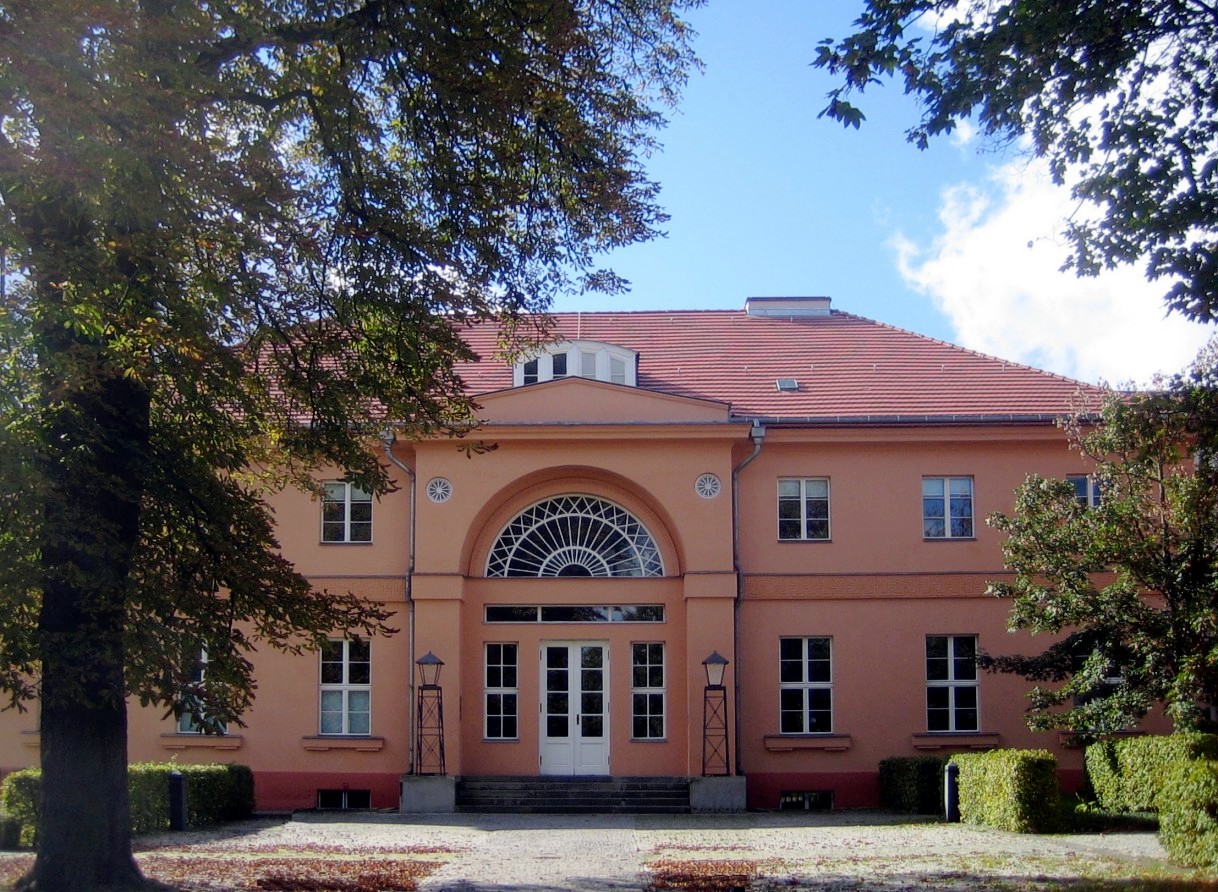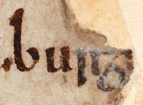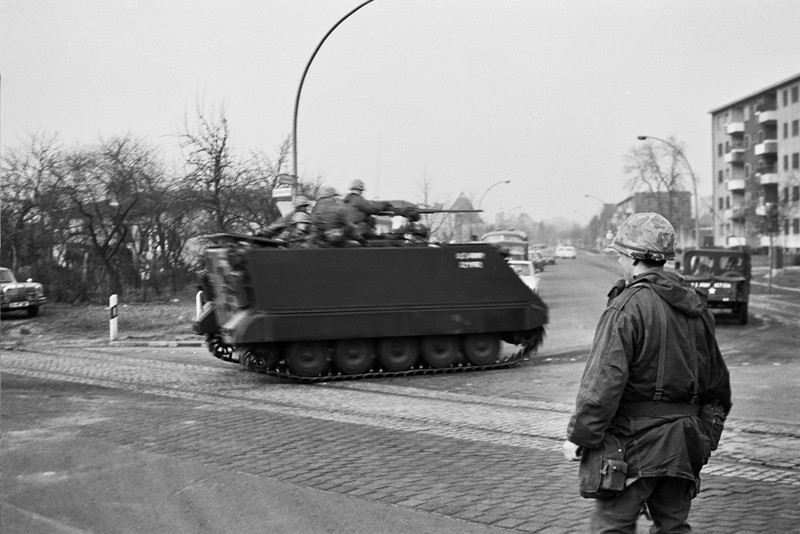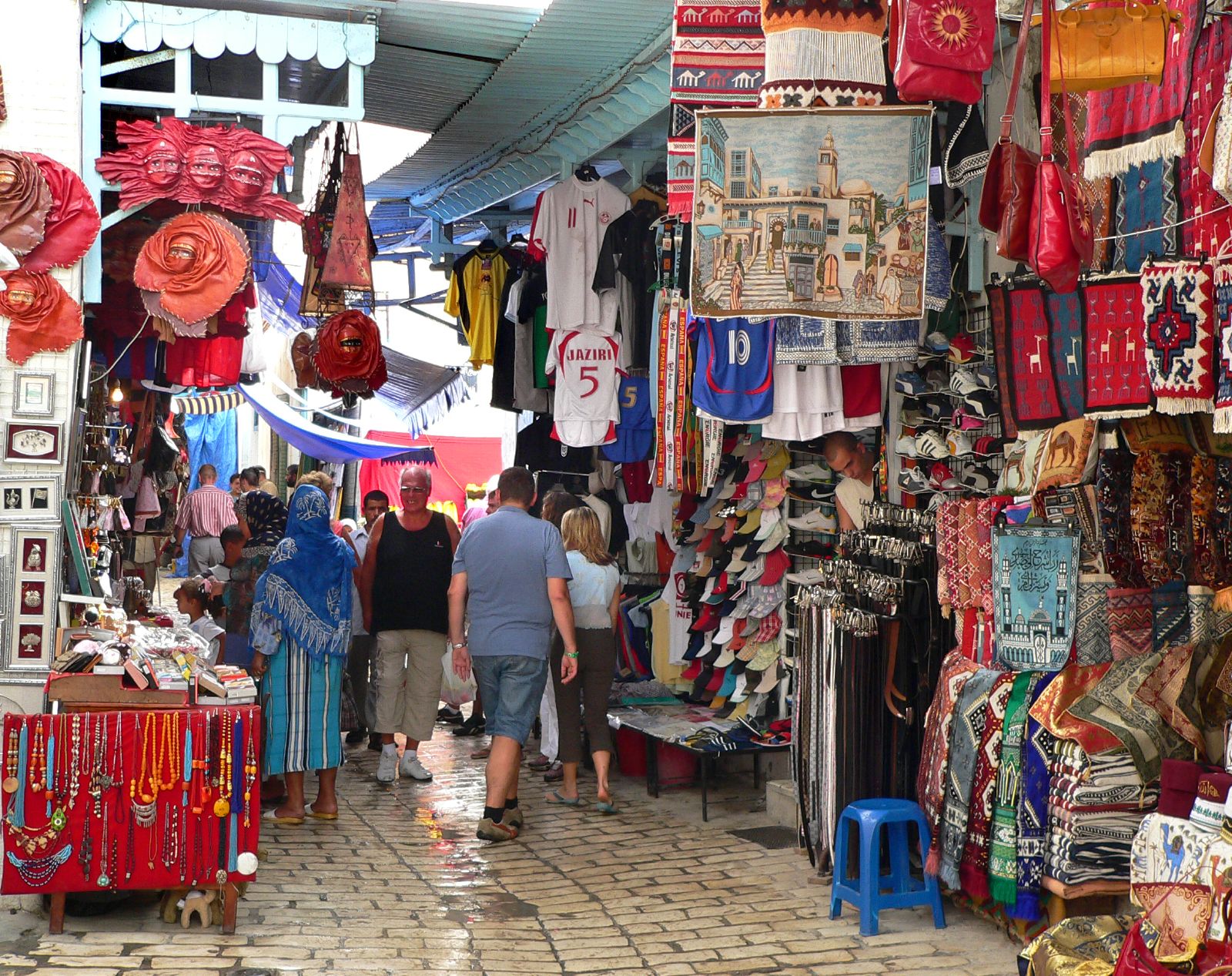|
Berlin-Steglitz
Steglitz () is a locality of the Steglitz-Zehlendorf borough in Southwestern Berlin, the capital of Germany. is derived from the Slavic name for the European goldfinch, similar to the German . Steglitz was also a borough from 1920 to 2000. It contained the localities Steglitz, Südende, Lichterfelde and Lankwitz. In 1960, Südende became a neighborhood within Steglitz. History While one Knight Henricus of Steglitz was already mentioned in an 1197 deed, the village of Steglitz was first mentioned in the 1375 of Emperor Charles IV, at this time also ruler of the Electorate of Brandenburg. Steglitz witnessed the construction of the first paved Prussian country road, in 1792. The former village profited largely from its location on the Imperial Highway , today , which follows a trading route that dates back to the Middle Ages. The old stretched from the far west of Germany through Aachen and Cologne to Berlin, then continued on eastward to end some two hundred miles northeast ... [...More Info...] [...Related Items...] OR: [Wikipedia] [Google] [Baidu] |
Steglitz-Zehlendorf
Steglitz-Zehlendorf () is the sixth Boroughs of Berlin, borough of Berlin, formed in Berlin's 2001 administrative reform by merging the former boroughs of Steglitz and Zehlendorf, Berlin, Zehlendorf. Home to the Free University of Berlin, the Berlin Botanical Garden and Botanical Museum, Berlin Botanical Garden, and a variety of museums and art collections, Steglitz-Zehlendorf is an important hub for research, science and culture in Berlin. It is known to be the wealthiest borough of Berlin, having the city's highest median household income. History The first mention of a present-day locality in the district by name was Lankwitz (Lancewitz) in 1239. It is assumed that Slavic and German settlements were established at the Schlachtensee (lake), Schlachtensee and Krumme Lanke lakes after 1200 at the latest. The first documented mention of Zehlendorf (Berlin), Zehlendorf (then Cedelendorp) dates back to 1242. Here the Lehnin Abbey bought the settlement and kept it until 1542. Frede ... [...More Info...] [...Related Items...] OR: [Wikipedia] [Google] [Baidu] |
Berlin's 2001 Administrative Reform
Berlin is divided into boroughs or administrative districts (). In Berlin, the term is officially shortened to (districts). The boroughs are further divided into quarters (). These smaller localities are officially recognised, but have no administrative bodies of their own. Quarters and many of their subunits, the neighborhoods (), typically have strong identities that sometimes predate their inclusion into the modern boundaries of Berlin. Both the boroughs and the quarters function differently to other subdivisions in Germany due to Berlin's dual status as an independent city () as well as a federated state of Germany () in its own right. Since 2001, Berlin has been made up of twelve boroughs, each with its own administrative body. However, because Berlin is a single municipality (), its boroughs have limited power, acting only as agencies of Berlin's state and city governments as laid out in the Greater Berlin Act of 1920. The boroughs are financially dependent on state donati ... [...More Info...] [...Related Items...] OR: [Wikipedia] [Google] [Baidu] |
Boroughs And Localities Of Berlin
A borough is an administrative division in various English-speaking countries. In principle, the term ''borough'' designates a self-governing walled town, although in practice, official use of the term varies widely. History In the Middle Ages, boroughs were settlements in England that were granted some self-government; burghs were the Scottish equivalent. In medieval England, boroughs were also entitled to elect members of parliament. The use of the word ''borough'' probably derives from the burghal system of Alfred the Great. Alfred set up a system of defensive strong points ( Burhs); in order to maintain these particular settlements, he granted them a degree of autonomy. After the Norman Conquest, when certain towns were granted self-governance, the concept of the burh/borough seems to have been reused to mean a self-governing settlement. The concept of the borough has been used repeatedly (and often differently) throughout the world. Often, a borough is a single town wi ... [...More Info...] [...Related Items...] OR: [Wikipedia] [Google] [Baidu] |
Neoclassical Architecture
Neoclassical architecture, sometimes referred to as Classical Revival architecture, is an architectural style produced by the Neoclassicism, Neoclassical movement that began in the mid-18th century in Italy, France and Germany. It became one of the most prominent architectural styles in the Western world. The prevailing styles of architecture in most of Europe for the previous two centuries, Renaissance architecture and Baroque architecture, already represented partial revivals of the Classical architecture of Roman architecture, ancient Rome and ancient Greek architecture, but the Neoclassical movement aimed to strip away the excesses of Late Baroque and return to a purer, more complete, and more authentic classical style, adapted to modern purposes. The development of archaeology and published accurate records of surviving classical buildings was crucial in the emergence of Neoclassical architecture. In many countries, there was an initial wave essentially drawing on Roman archi ... [...More Info...] [...Related Items...] OR: [Wikipedia] [Google] [Baidu] |
West Berlin
West Berlin ( or , ) was a political enclave which comprised the western part of Berlin from 1948 until 1990, during the Cold War. Although West Berlin lacked any sovereignty and was under military occupation until German reunification in 1990, the territory was claimed by the West Germany, Federal Republic of Germany (FRG or West Germany), despite being entirely surrounded by the East Germany, German Democratic Republic (GDR or East Germany). The legality of this claim was contested by the Soviet Union and other Eastern Bloc countries. However, West Berlin de facto aligned itself politically with the FRG from May 1949 and was thereafter treated as a ''de facto'' city-state of that country. After 1949, it was directly or indirectly represented in the institutions of the FRG, and most of its residents were citizens of the FRG. West Berlin was formally controlled by the Western Allies and entirely surrounded by East Berlin and East Germany. West Berlin had great symbolic signi ... [...More Info...] [...Related Items...] OR: [Wikipedia] [Google] [Baidu] |
Berlin Wall
The Berlin Wall (, ) was a guarded concrete Separation barrier, barrier that encircled West Berlin from 1961 to 1989, separating it from East Berlin and the East Germany, German Democratic Republic (GDR; East Germany). Construction of the Berlin Wall was commenced by the government of the GDR on 13 August 1961. It included guard towers placed along large concrete walls, accompanied by a wide area (later known as the "death strip") that contained anti-vehicle trenches, beds of nails and other defenses. The primary intention for the Wall's construction was to prevent East Germany, East German citizens from Emigration from the Eastern Bloc, fleeing to the West. The Eastern Bloc, Soviet Bloc propaganda portrayed the Wall as protecting its population from "Fascist (insult), fascist elements conspiring to prevent the will of the people" from building a Communism, communist state in the GDR. The authorities officially referred to the Berlin Wall as the ''Anti-Fascist Protection Ram ... [...More Info...] [...Related Items...] OR: [Wikipedia] [Google] [Baidu] |
Stadtbezirk
A (; also called ''Ortsbezirk'' in Hesse and Rhineland-Palatinate) is an administrative division in Germany, which is part of a larger city. It is translated as "borough". In Germany, usually only exist in a metropolis with more than 150,000 inhabitants. For example, Wattenscheid, which was a town in its own right until 1974, is now a within the city of Bochum in the Ruhr area of North Rhine-Westphalia. In Hesse and Rhineland-Palatinate, the term ''Ortsbezirk'' is also used for districts of smaller cities. A may consist of several smaller parts: ''Stadtteile'' or ''Ortsteile''. While in some cities are only used for statistical purposes, many other have elected representatives. The tasks and responsibilities of the are laid down in the municipal codes (''Gemeindeordnungen'') of the federal states. The details, compositions etc. of the and their representatives are laid down in the municipal by-law A by-law (bye-law, by(e)law, by(e) law), is a set of rules or law estab ... [...More Info...] [...Related Items...] OR: [Wikipedia] [Google] [Baidu] |
Greater Berlin Act
The Greater Berlin Act (), officially Law Regarding the Creation of the New Municipality of Berlin (), was a law passed by the Prussian state government in 1920, which greatly expanded the size of the Prussian and German capital of Berlin. History Berlin had been part of the Province of Brandenburg since 1815. On 1 April 1881, the city became Stadtkreis Berlin, a city district separate from Brandenburg. The Greater Berlin Act was passed by the Prussian Parliament on 27 April 1920 and came into effect on 1 October of the same year. The new Prussian province then termed ''Greater Berlin'' acquired territories from the Province of Brandenburg and consisted of the following: * the city of Berlin (''Alt-Berlin''); * seven towns that surrounded Berlin, namely Charlottenburg, Köpenick, Lichtenberg, Neukölln/Rixdorf, Schöneberg, Spandau and Wilmersdorf; * 59 rural communities and 27 estate districts from the surrounding districts of Niederbarnim, Osthavelland and Teltow; * ... [...More Info...] [...Related Items...] OR: [Wikipedia] [Google] [Baidu] |
Wandervogel
''Wandervogel'' (plural: ''Wandervögel''; English: "Wandering Bird") is the name adopted by a popular movement of German youth groups from 1896 to 1933, who protested against industrialization by going to hike in the country and commune with nature in the woods. Drawing influence from medieval wandering scholars, their ethos was to revive old Teutonic values, with a strong emphasis on German nationalism. According to historians, a major contribution of the ''Wandervögel'' was the revival of folk songs in wider German society. The movement was divided into three main national groups: the ''Alt-Wandervogel'', the ''Wandervogel eingetragener Verein'' (WVEV) and the ''Jung-Wandervogel''. While the two first ones were generally respectful of traditions (family, the military, the school), the ''Jung-Wandervogel'' was more defiant and closer to revolutionary ideas. Wandervögel spontaneously emerged outside of authority controls, and recruited their members through selection and co-o ... [...More Info...] [...Related Items...] OR: [Wikipedia] [Google] [Baidu] |
Shopping
Shopping is an activity in which a customer browses the available goods or services presented by one or more retailers with the potential intent to purchase a suitable selection of them. A Retail#Shopper profiles, typology of shopper types has been developed by scholars which identifies one group of shoppers as recreational shoppers, that is, those who enjoy shopping and view it as a leisure activity.Jones, C. and Spang, R., "Sans Culottes, Sans Café, Sans Tabac: Shifting Realms of Luxury and Necessity in Eighteenth-Century France," Chapter 2 in ''Consumers and Luxury: Consumer Culture in Europe, 1650-1850'' Berg, M. and Clifford, H., Manchester University Press, 1999; Berg, M., "New Commodities, Luxuries and Their Consumers in Nineteenth-Century England," Chapter 3 in ''Consumers and Luxury: Consumer Culture in Europe, 1650-1850'' Berg, M. and Clifford, H., Manchester University Press, 1999 Online shopping has become a major disruptor in the retail industry as consumers ca ... [...More Info...] [...Related Items...] OR: [Wikipedia] [Google] [Baidu] |
Lichterfelde West
Lichterfelde West is part of Lichterfelde (Berlin), Lichterfelde in the Steglitz-Zehlendorf borough of Berlin. It is known for its historic mansions, tree-lined streets and green squares. Next to Dahlem (Berlin), Dahlem and Grunewald (locality), Grunewald, Lichterfelde West is one of the German capital's wealthiest and most sought-after residential areas. Since the Decision on the Capital of Germany, German government's move to Berlin in 2000, it has seen the highest rises in real-estate prices of any area in former West-Berlin. Today, many mansions in Lichterfelde West are used by diplomats for representative purposes. Lichterfelde West is home to the Berlin Botanical Garden and Botanical Museum, Berlin Botanical Garden and Museum, the Schlosspark Lichterfelde manor and park, as well as the Charité university hospital's ''Benjamin Franklin Campus''. The former Prussian Main Cadet School is home to the German Federal Archives, while the Federal Intelligence Service, German Federa ... [...More Info...] [...Related Items...] OR: [Wikipedia] [Google] [Baidu] |






